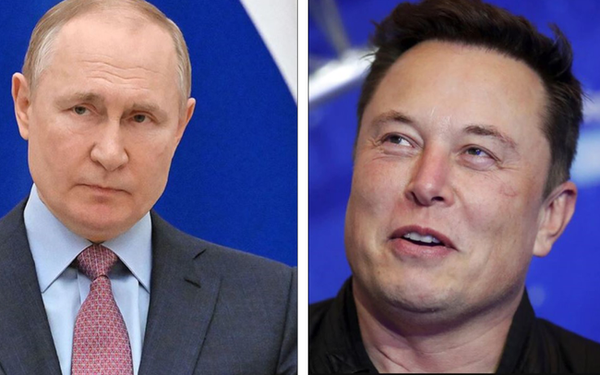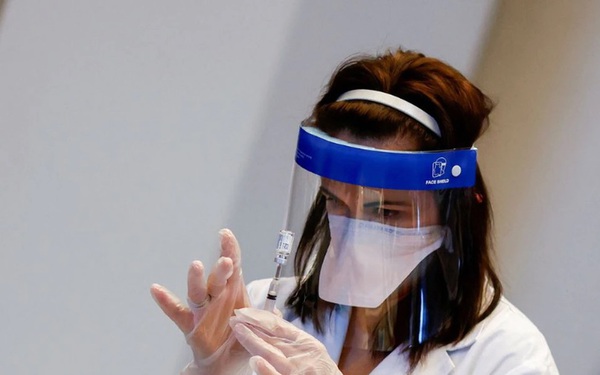Research to change Covid-19 from “especially dangerous” to “dangerous”, does that mean the end of the epidemic?
On March 17, the Government issued Resolution No. 38/NQ-CP promulgating the Covid-19 epidemic prevention and control program with the goal of effective disease control, maximum protection of people’s health and lives. To minimize the number of serious illnesses and deaths caused by Covid-19 and restore and develop socio-economics.
The program sets out 12 tasks and solutions to achieve the goals, including research, assessment, and based on the epidemic situation to switch measures to prevent and control the Covid-19 epidemic from a group A infectious disease. to group B infectious diseases.
According to the Law on Prevention and Control of Infectious Diseases, group A includes “particularly dangerous” infectious diseases with the ability to spread very quickly and spread widely, with high mortality or unknown pathogens. Group B includes “dangerous” infectious diseases that are highly contagious and can cause death.
Many people wonder, when transferring Covid-19 from the group of “especially dangerous” infectious diseases to “dangerous”, how will epidemic prevention and control work?

The government studies to bring Covid-19 from “especially dangerous” to “dangerous” (Illustration image: Dang Thuy)
Assoc. Prof. Dr. Nguyen Huy Nga, Former Director of Preventive Medicine Department (Ministry of Health) said that in the context of the next 2 years when the Ministry of Health moves Covid-19 from infectious disease group A to B, this is a good change, in line with the world trend.
Mr. Nga analyzed, when Covid-19 changes to group B, it does not mean the end of the epidemic. The disease only changed from “especially dangerous” to “dangerous”, loosened socio-economic activities but still had to fight the epidemic, and continued the vaccination program.
“When Covid-19 moves to group B, people still adhere to protective measures such as wearing masks and washing hands,” Mr. Nga emphasized to protect the risk group with underlying diseases, hospitals are still ready. ready to meet the needs of epidemic prevention, follow-up of patients and prevent Covid-19 patients from staying with regular patients.
Assoc. Prof. Dr. Tran Dac Phu, Senior Advisor of Vietnam Center for Emergency Response to Public Health Events (Ministry of Health) In order to move Covid-19 from group A to group B, specialized agencies need to base on many factors.
First, the actual epidemic situation: How contagious is the circulating virus strain, causing serious illness; effectiveness of therapeutic drugs and vaccines.
Second, Vietnam’s response capacity includes the ability to control the epidemic, the response capacity of the health system, and the financial capacity.
According to Mr. Phu, when transferring disease groups, specialized agencies must issue accompanying policies to meet both economic development, disease control, and social security for the people, especially the elderly. poor, vulnerable groups.
Assoc. …
“For example, for seasonal flu, we still monitor but do not announce daily infections. The surveillance is only “points” for the epidemiological unit to understand, thereby calculating and assessing the situation. We don’t test as widely as we do with Covid-19 now,” said Mr. Phu.

How to prevent and control the epidemic when Covid-19 is no longer a “particularly dangerous” disease (Illustration image: Dinh Huy)
Doctor Truong Huu Khanh, consultant of Department of Neurological Infections, Children’s Hospital 1 (HCMC) stated that it is necessary to remove Covid-19 from the list of group A infectious diseases as soon as possible to suit the actual situation and to stabilize life – society and economic development.
According to this expert, if Covid-19 is brought back to a group B infection, as well as dengue fever or hand, foot and mouth disease, specialized agencies will focus on the risk subjects, recommending vaccination on a voluntary basis. and the needs of the people.
According to Assoc. Prof. Dr. Do Van Dung, Dean of the Faculty of Public Health, University of Medicine and Pharmacy, Ho Chi Minh City, The study of removing Covid-19 from the list of group A infectious diseases is very necessary, but there is a potential 10% risk.
According to Dung, Covid-19 is now spreading faster than other infectious diseases such as seasonal flu and dengue fever. Although the Omicron strain limits the risk of severe disease and death, the mortality rate remains high.
In addition, Vietnam has not been able to guarantee all vaccination coverage for high-risk subjects. Many elderly people, people with underlying diseases are contraindicated, so they have not been protected by vaccines.
“Many people think that when Covid-19 is downgraded and less controlled by the state, daily and business activities will be easier, but in fact there are many complicated problems. Currently, there is a need for a step-by-step roadmap, which cannot be done in day one or day two,” Dung emphasized.
Clip: Ho Guom Walking Street officially reopens after nearly 1 year of closure (Done: KingNews)
Business and marketing
at Blogtuan.info – Source: cafebiz.vn – Read the original article here



